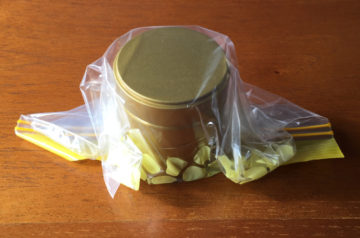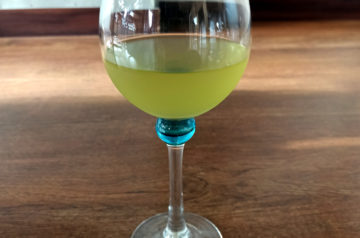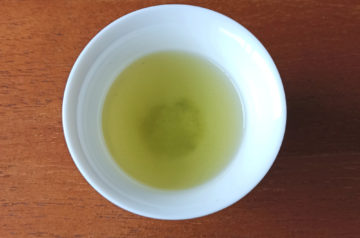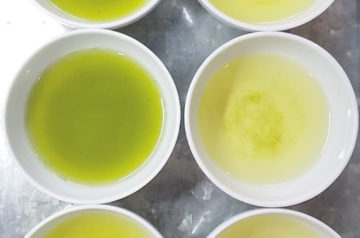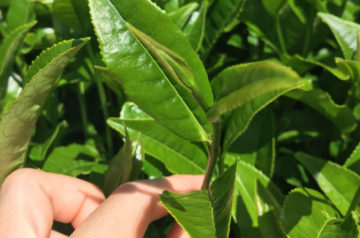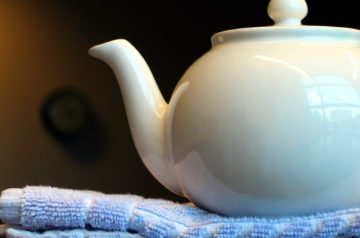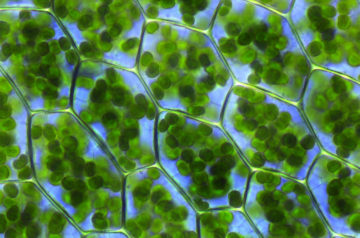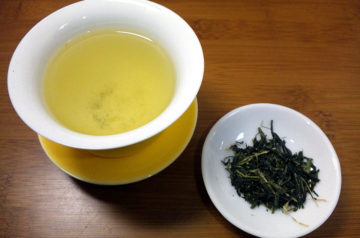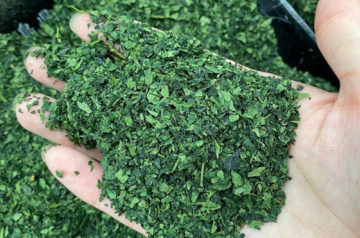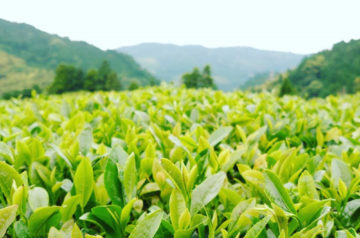I’ve written before about how to store green tea. Green tea degrades quickly, so keeping it at a low temperature is a good idea if you don’t plan to...
Drinking Tea from a Wine Glass
I’m not sure if it’s the same all around the world, but in Japan it happens occasionally. I rarely drink it this way, however. This is done with cold...
The Concept of Balance in the Taste of Japanese Tea
How can you tell if a tea has a balanced taste? It’s not easy to understand if you’re a beginner in Japanese tea, because you might not know what...
About the Steaming Time of Sencha
The steaming process is crucial because it stops the oxidation of the tea leaves. That’s how most Japanese green teas are made. Different lengths of steaming time make notable...
Bitterness in Green Tea
A common misconception about green tea is that it always has a bitter taste. While green tea contains bitter compounds, it shouldn’t taste very bitter once it’s served. A...
The Fujimidori Tea Cultivar
Fujimidori (ふじみどり), meaning “Fuji green”, is an unregistered and one of the lesser grown Japanese tea cultivars. I didn’t find much information about it online. My main reason for...
Tea Towels
The English word “tea towel” is now pretty much a synonym for kitchen towel or dish towel. It is made of linen or cotton. Tea towels were invented in...
About the Aroma of Shincha
Shincha, the Japanese tea from the first harvest of the year, has a very fresh aroma. This fragrance that reminds us of spring isn’t found in teas from later...
Top 3 Japanese Tea Importing Countries
Can you guess which countries import the most Japanese tea? You might be surprised with the answer. The most recent data I could find was from 2015, by Japan’s...
Aroma Compounds in Japanese Green Tea
Did you know that there are more than 600 volatile compounds in tea? They are responsible for aroma as well as flavor. It’s not entirely clear how each compound...
The Seimei Tea Cultivar
Seimei (せいめい), written with the Chinese characters 清茗 can be translated as “clean and pure tea”. This cultivar is highly suitable for making shaded teas such as tencha. History...
The Tsuyuhikari Tea Cultivar
Tsuyuhikari (つゆひかり) can be translated as “dew light”. This tea cultivar has a high valuation in terms of umami taste and color of its liquor. While still a rare...

